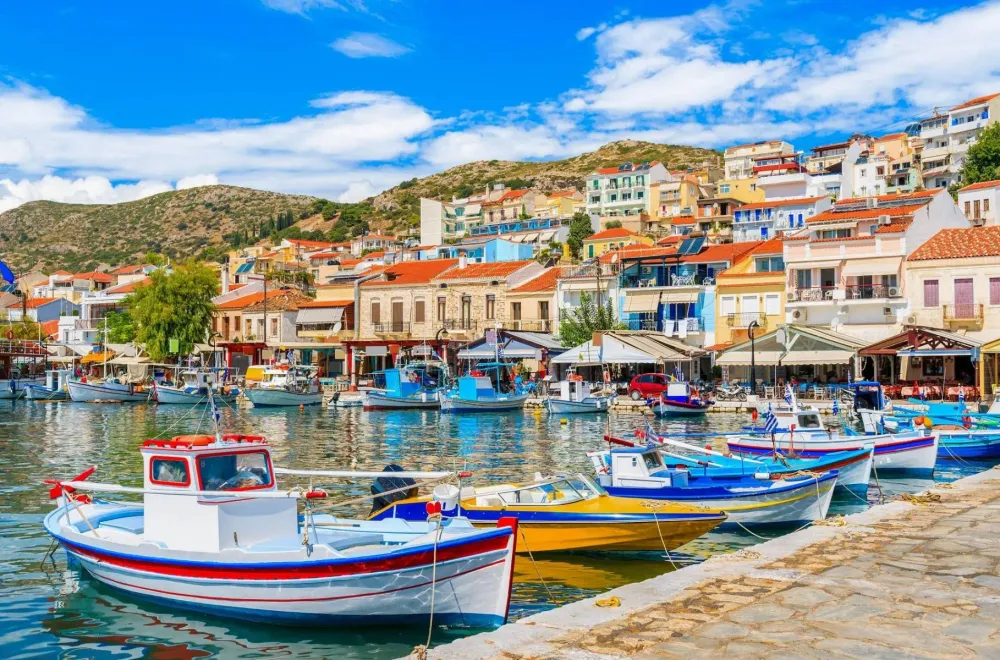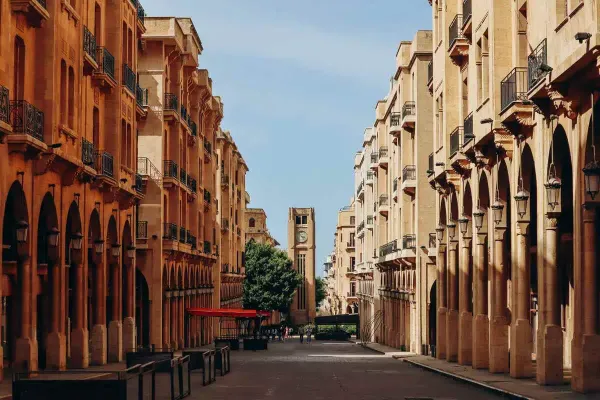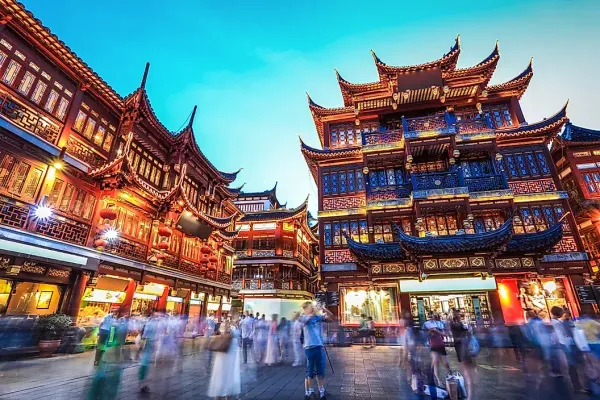Summer of Dupes: Alternatives in the Aegean
In April, Princess Cruises informed passengers of a schedule change, canceling a stop in Santorini, Greece, due to overcrowding. On that June day, four cruise ships were expected, potentially bringing around 17,000 visitors to an island with a population of 15,500.
In the Aegean Sea, over 1,000 islands stretch between Greece and Turkey, boasting breathtaking bays along the coasts. Both nations saw record tourism last year, which, while beneficial to their economies, also spurs rapid development that jeopardizes local communities, cultural heritage, and the environment, especially on the Greek islands.
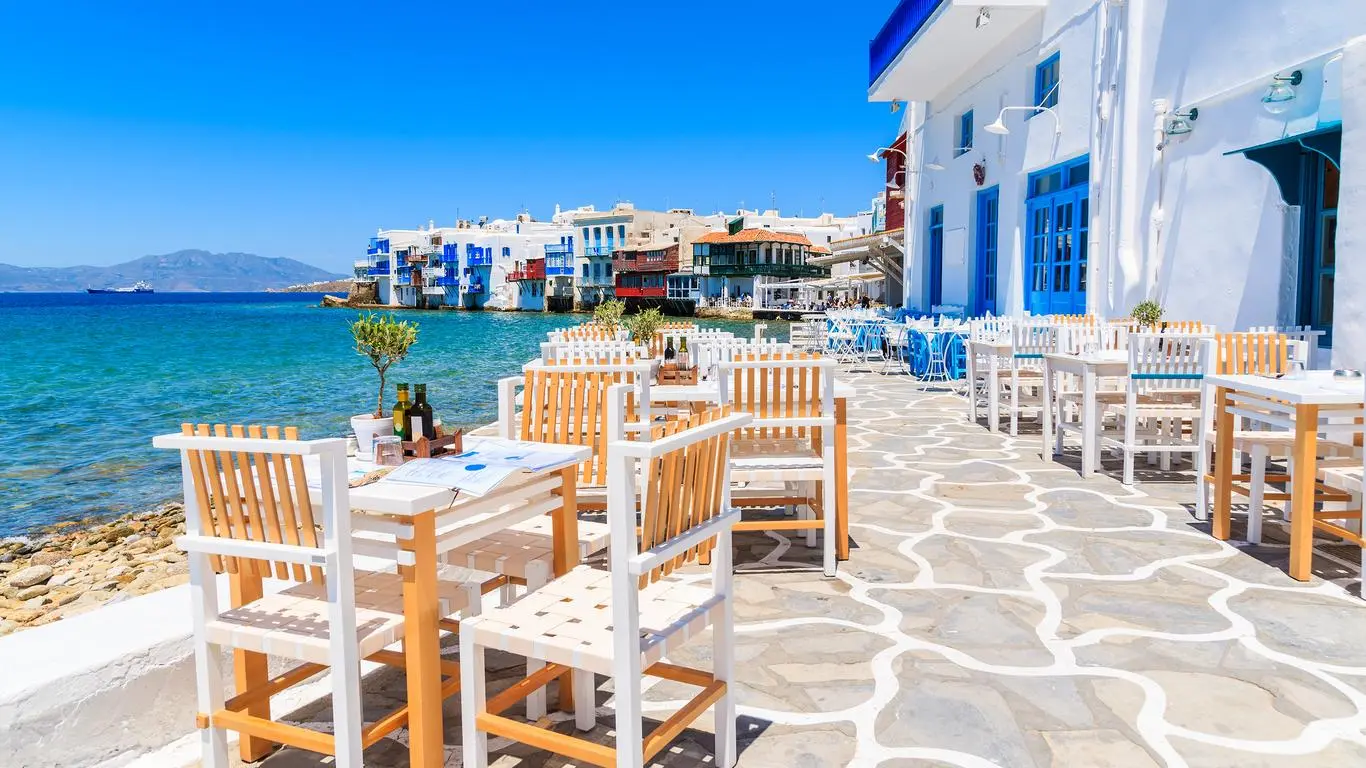
With many whitewashed islands and historic coastal towns sharing similar attractions, it’s worth exploring beyond Mykonos and Marmaris to lesser-known destinations that could use more tourism. Whether you're seeking a hiking adventure, a cultural journey, or tranquil seclusion, these five spots offer authentic Aegean experiences without the crowds.
Turkey
Urla
Last year, Michelin expanded its Turkey guidebook, highlighting the tranquil district of Urla near Izmir. This windy peninsula, with its clay-rich soil, has a winemaking tradition spanning 6,000 years. Despite a near-total government monopoly that stunted production for decades, boutique wineries and chef-led restaurants have recently put Urla on the culinary map.
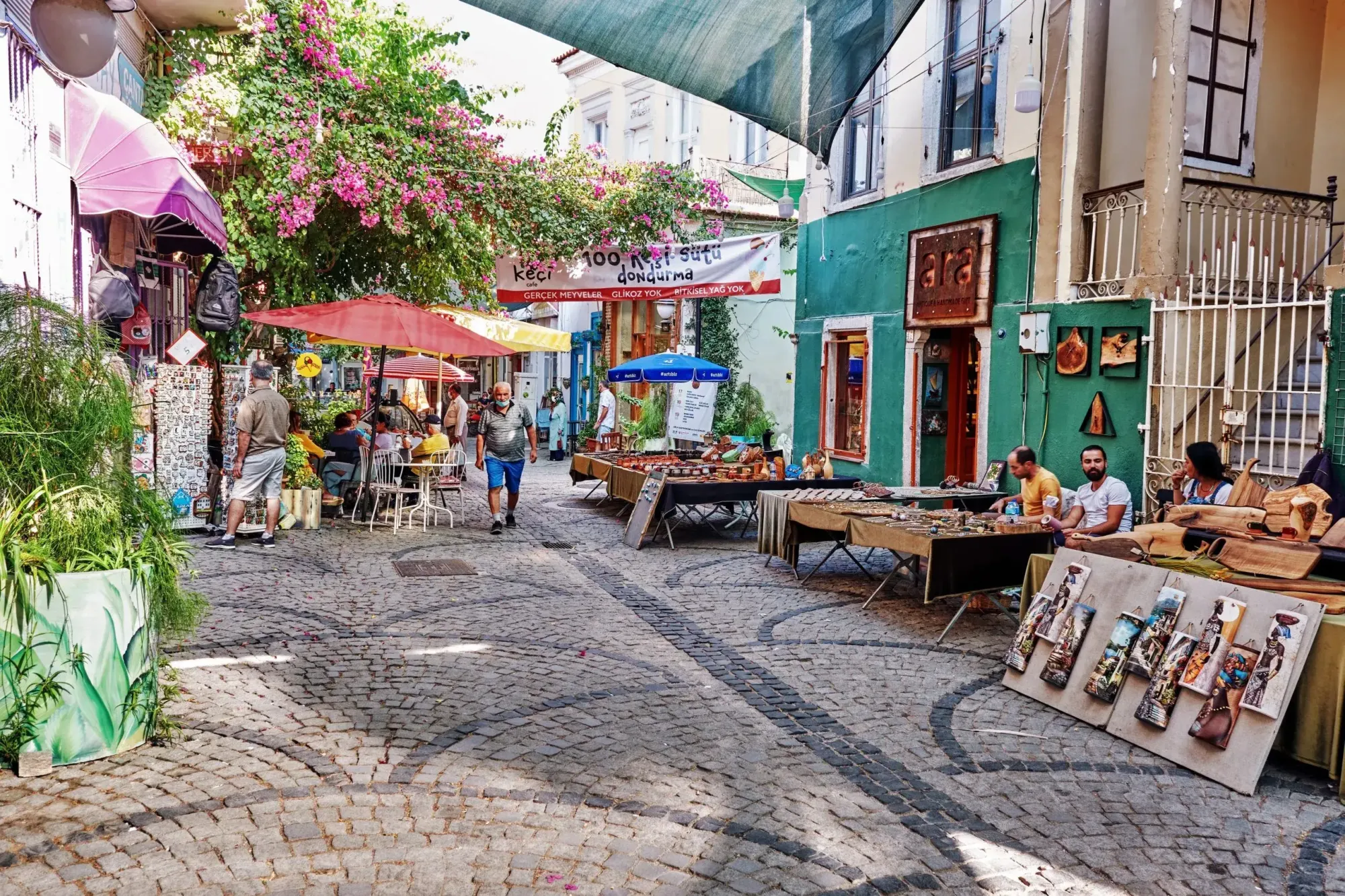
Newer wineries like Hus focus on indigenous grape varieties, joining established innovators along the Urla Vineyard Route, which winds through fields, olive groves, and nine wineries, including two with beautiful guest rooms like 2 Rooms hotel at Şarapçilik (from $230). Each winery is within a 20-minute drive of the next.
“It’s as if everything here is passed down from word of mouth, from generation to generation, from season to season,” said Seray Kumbasar, the sommelier and co-owner of Vino Locale, a fine-casual restaurant among vineyards.
The local Bornova Misketi grape, a semisweet ancestor of muscat, features prominently in Vino Locale’s Italian-influenced dishes. Ms. Kumbasar and her husband, Ozan, the chef, adopt a hyperlocal approach, harvesting produce alongside the farmers who supply the restaurant. Most dishes are bright interpretations of simple ingredients: The heart of a local artichoke is boiled in a fragrant broth of herbs and citrus, then dressed with olive oil and served with fava bean purée and kumquat.
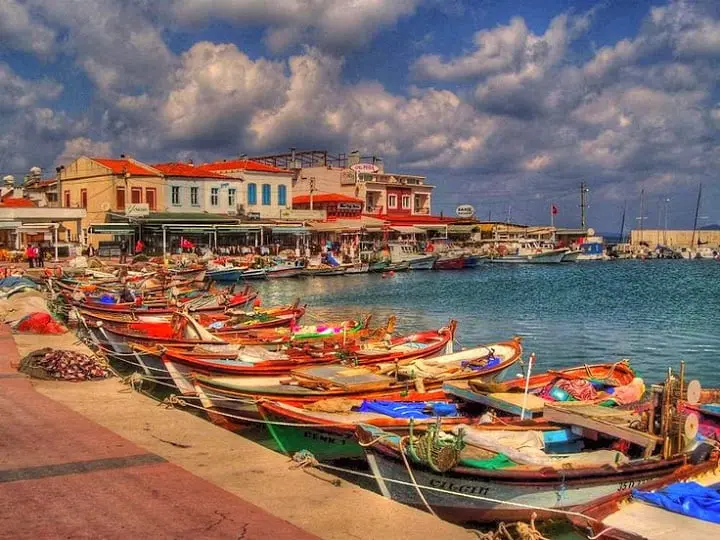
On the way to the coast from wine country, OD Urla restaurant also features a light-handed approach. Wood-fired dishes, like gently cooked octopus or squid drizzled with fermented pomegranate syrup, combine seafood from the peninsula’s waters with produce from an on-site farm.
In the quaint town of Urla, stone alleyways connect multi-purpose spaces like İstifçi, a combined design and wine store leading to a restaurant and hotel; casual spots like Filos Coffee and Wine, offering a selection of local wines by the glass; and specialty shops like Girit Pastanesi, known for its almond-studded caramelized milk pudding.
Ayvalik
The coastal town of Ayvalik, 250 miles southwest of Istanbul, was once a center of Ottoman-era olive oil production. Today, many stone factories house workshops focused on traditional Turkish crafts. Despite increasing tourism, Ayvalik maintains “a raw texture,” said Özlem Erol, founder of the design store Moyy Atölye, and retains “a permanent community that lives and produces here.”
Ms. Erol collaborates with women artisans to design clothing made from feretiko, a handwoven fabric of hemp and cotton, and other crafts, like hazelnut bark baskets and braided wooden stools. At Bovindo, a shop selling on-site crafted porcelain works, a ceramist creates intricately etched plates inspired by her mother’s old dishware. Tia Vine Cafe & Bar, run by Hasan and Neşe Erdem, serves local wines and Circassian family recipes, such as haluj dumplings filled with puréed potato and topped with garlic yogurt.
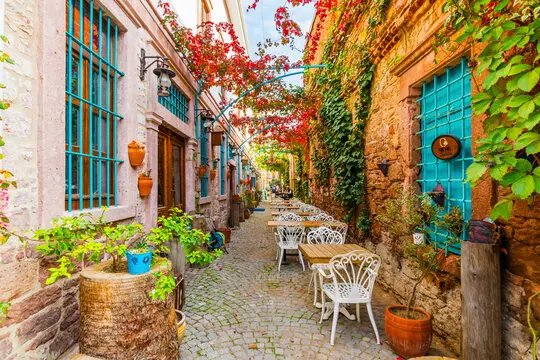
The Macaron neighborhood buzzes with small-batch olive oil stores, antique markets, and boutique hotels. Ivy Ayvalik, which opened last year in a traditional stone house (from $70), features four cozy rooms above a lively cafe and wine bar.
From town, a short drive leads to Cunda Island and its Ayvalik Islands Nature Park, where you can explore rocky coves and hiking trails with sweeping views, then head into Cunda’s main town for sardine tartines at Ayna and herbal drinks at Cactus, a cocktail bar encircling the central square.
Datça
With Bodrum to the north, Marmaris to the east, and the Greek island of Rhodes to the south, Datça remains relatively undiscovered. The narrow peninsula, connected to the mainland by a thin isthmus (plus a ferry from Bodrum), deters most visitors.
Güven Çetinkaya, chef and co-owner of Ultava Houses hotel, which features four traditional village homes updated with amenities like private rooftop pool terraces (from $170), said that unlike more touristed areas, most of Datça’s residents have lived there for generations. Strict building codes have kept large developments at bay.
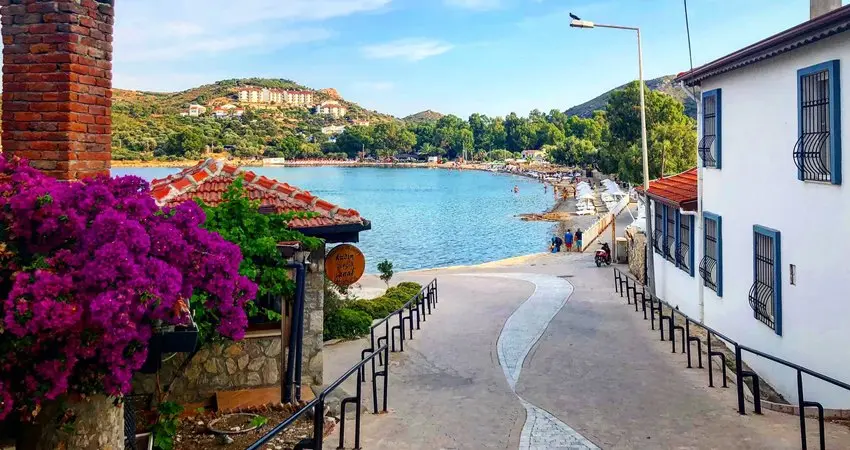
Alongside a waterfront lined with fish restaurants, Eski Datça, the old town, features bougainvillea-draped stone buildings and enough small restaurants and cafes to start and end your day. Most visitors spend the hours in between exploring the pebbled beaches tucked into the peninsula’s “bends” or büks (Aquarium Cove is a standout).
The drive along the peninsula’s interior — marked by Valonia oaks, deep river gorges, and stonewalled almond orchards — is equally stunning. Along the way, fishing villages turned modest beach towns, home-style restaurants set in lush gardens, and at the peninsula’s western tip, the ancient site of Knidos and its Hellenic amphitheater await.
Greece
Sifnos
Almost a third of this island in the western Cyclades is accessible only by footpaths, providing small windows into its storied past. Some routes date back to the Neolithic period, others were created by miners of gold and silver, making Sifnos one of the wealthiest stops in ancient Greece. “Today, they are still used by locals to reach their terraced fields and small chapels, as well as by hikers,” said Fivos Tsaravopoulos, co-founder of Paths of Greece, a national hiking cooperative.
For nearly a decade, the group has restored about 60 miles of the island’s network and organized several self-guided themed hikes. One nine-mile path circles Sifnos’s highest point, Mount Profitis Ilias, passing chapels, terraces, and a nature preserve known for bird-watching. “It’s the only way to experience what it’s like to live on this island, one of the most pristine in the Cyclades,” said Mr. Tsaravopoulos, who hopes the paths will encourage more travelers to visit during the shoulder seasons, when hiking weather is ideal.
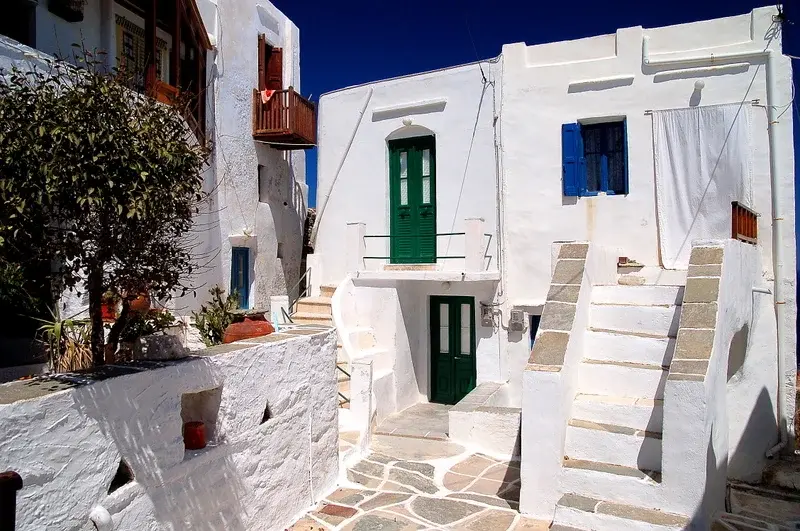
Between hikes, savor long meals of Sifnian delicacies, many slow-cooked in olive-wood-fired ovens. Since Nicholas Tselementes, considered Greece’s most important chef, established himself here in the early 1900s, the island has maintained its culinary reputation.
Sifnos staples like revithada, a baked chickpea stew, and mastelo, roasted lamb, are found at every taverna, while new eateries like Cantina offer creative dishes like smoked ox-cheek croquettes with eggplant béchamel. For a stay rivaling those in Mykonos, the 18-room Nos Hotel & Villas (from $825), the island’s latest addition, features stone and marble surfaces, cinematic lighting, and pools perched on the hillside.
Folegandros
About an hour west of Santorini by ferry, Folegandros offers a quieter option for a classic Greek island escape. The sparsely developed island lacks an airport, has less accessible beaches, and few visitor attractions — all part of its charm. Its newest hotel, billed as the island’s first luxury property, embraces this seclusion: Gundari is set in an 80-acre nature reserve known for its Eleanora’s falcons (from $640).
Unlike other luxury developments in the Cyclades, which often anger locals, Gundari aims to set a different tone with small-footprint commitments. The hotel has its own wastewater treatment system, and all its stonework was crafted from on-site rocks. An on-site farm employing traditional agricultural practices will soon launch after-school programs.
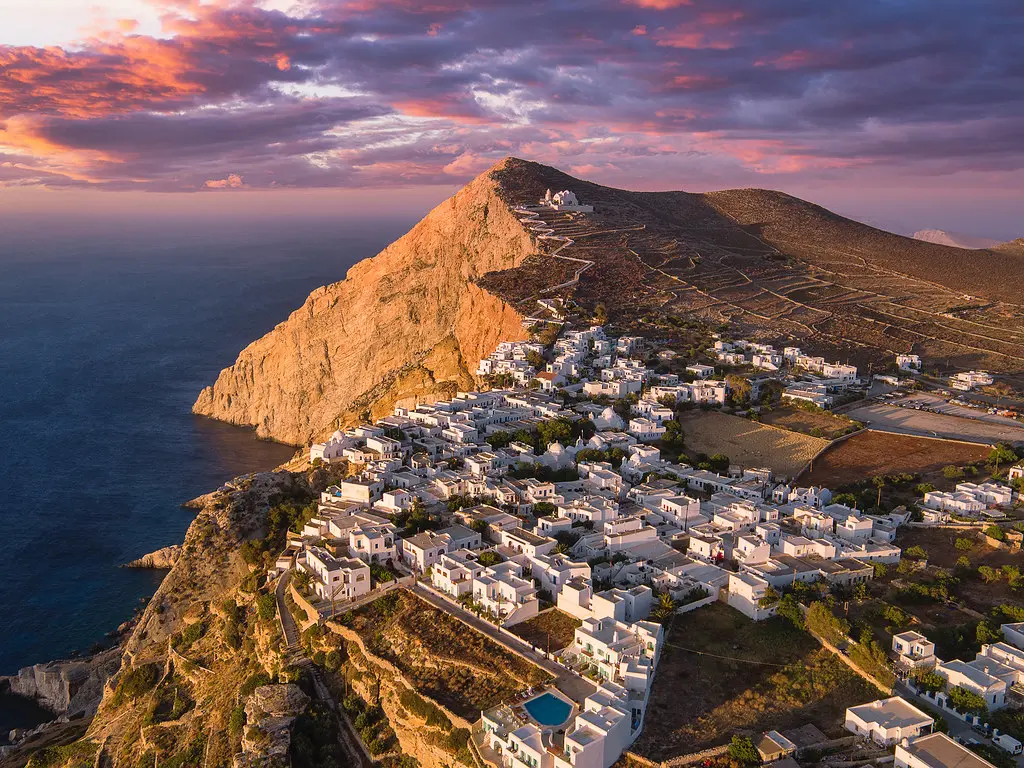
Each of the 27 rooms includes a private infinity pool, and the restaurant, run by Lefteris Lazarou, the chef behind Athens’s Michelin-starred Varoulko, offers a rotating menu of simple seafood dishes, such as octopus carpaccio with fava bean cream and black garlic. From its cliffside location, guests can access white sand or pebbled beaches via e-bike.
The main port town of Karavostasis is little more than a fishing village. The second largest village, Ano Meria, features ancient hilltop ruins, traditional farmhouses, and the Ecomuseum, which showcases historical homestead life. Chora, the island’s de facto capital, with its quintessential whitewashed squares on a cliff’s edge, has all the charm of busy towns on nearby islands while maintaining an intact local community.


